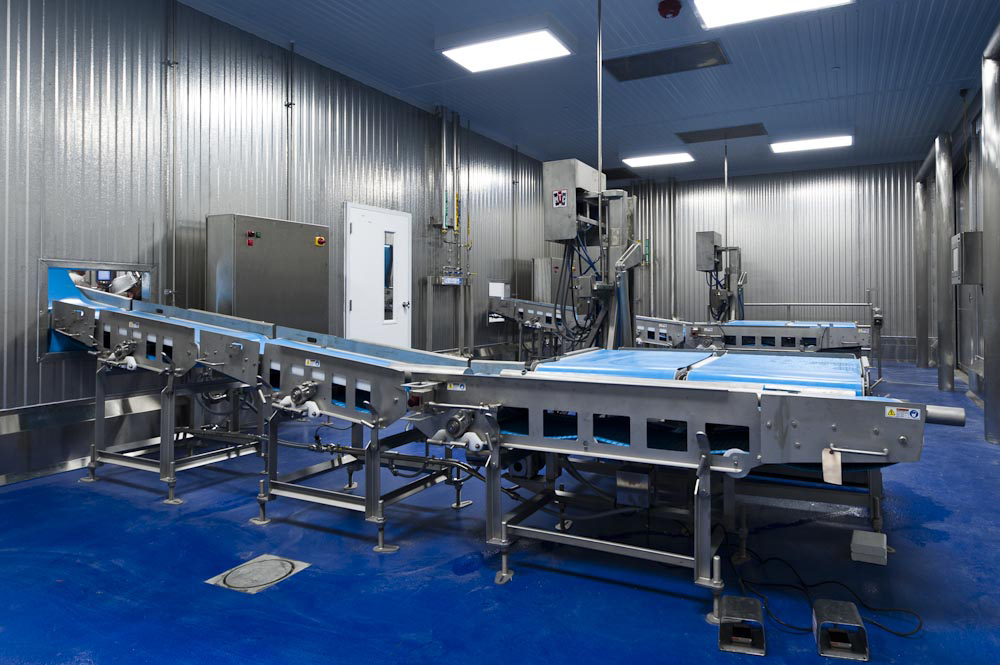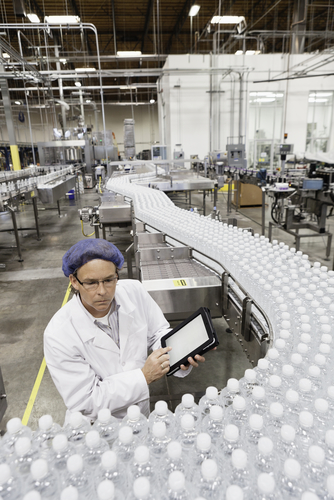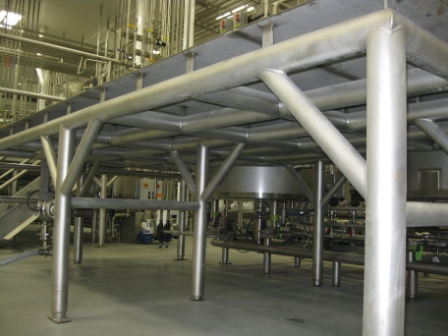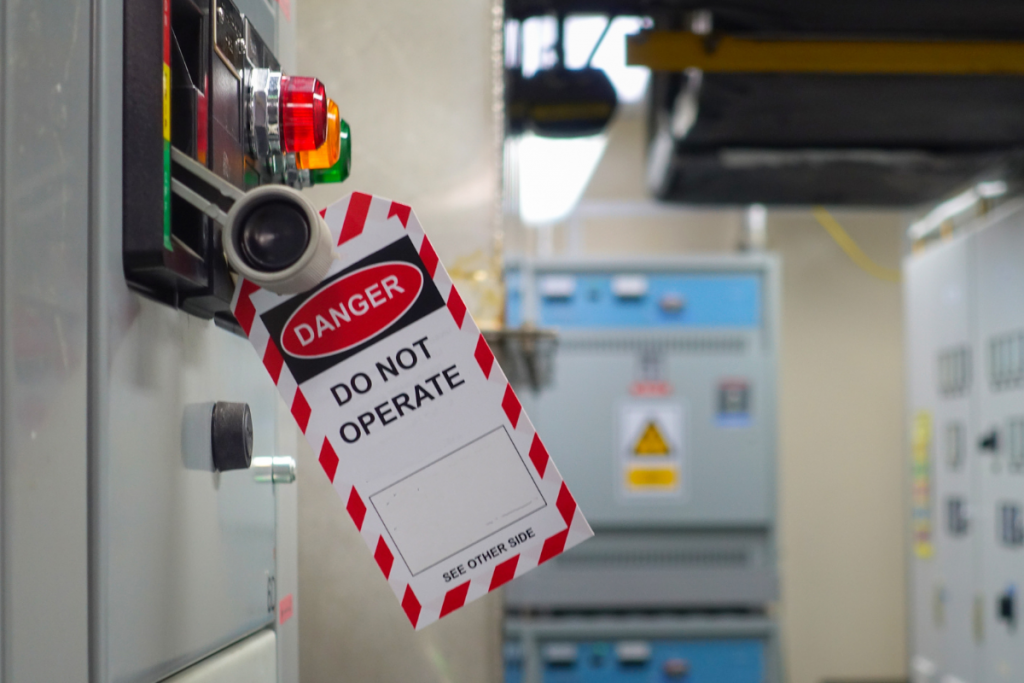6 Food Safety Areas to Examine During Operational Facility Improvements
Many food plants operate 24 hours a day, seven days a week, in some capacity. Without proper planning, quality control, good manufacturing practices (GMP) and sanitation procedures, an around-the-clock operation is a high-risk candidate for food safety dangers. In this type of environment, how are essential retrofits and renovations accomplished without compromising daily operations, food […]








